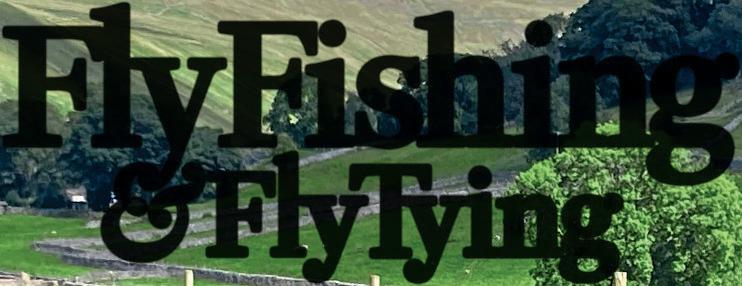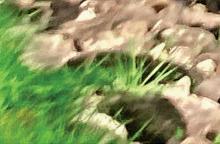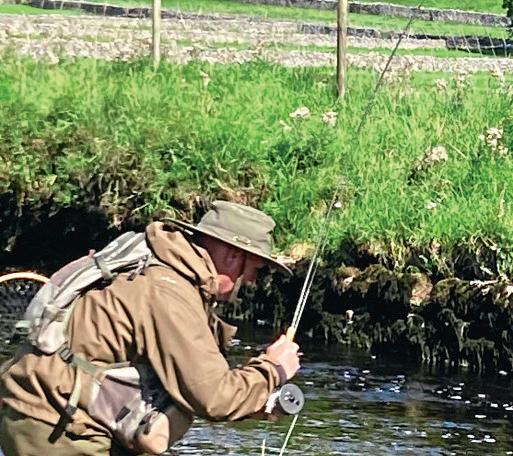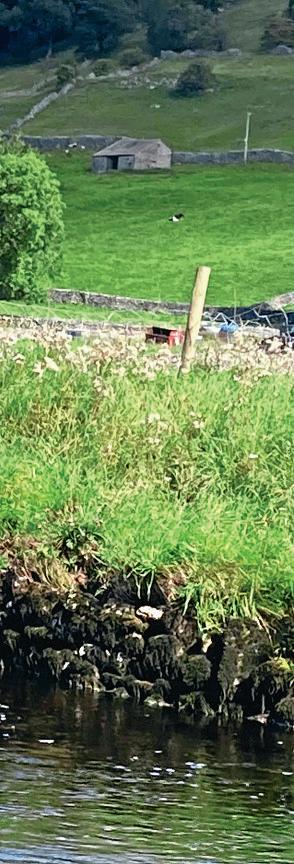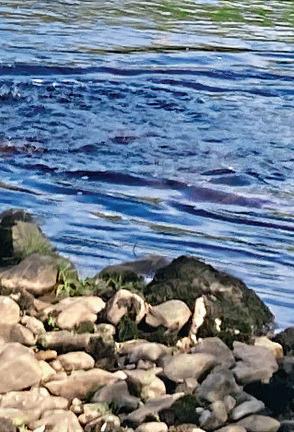
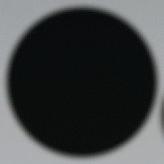


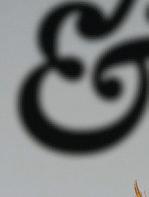



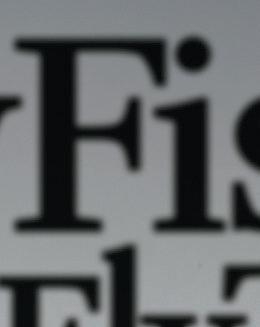




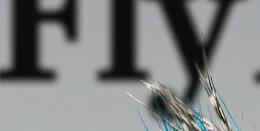

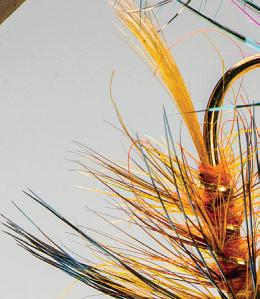

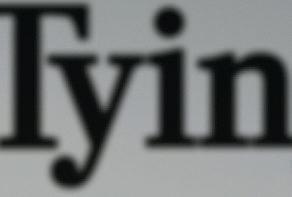

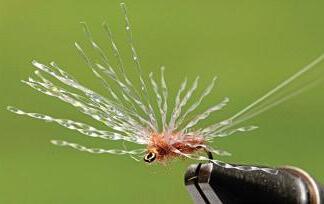





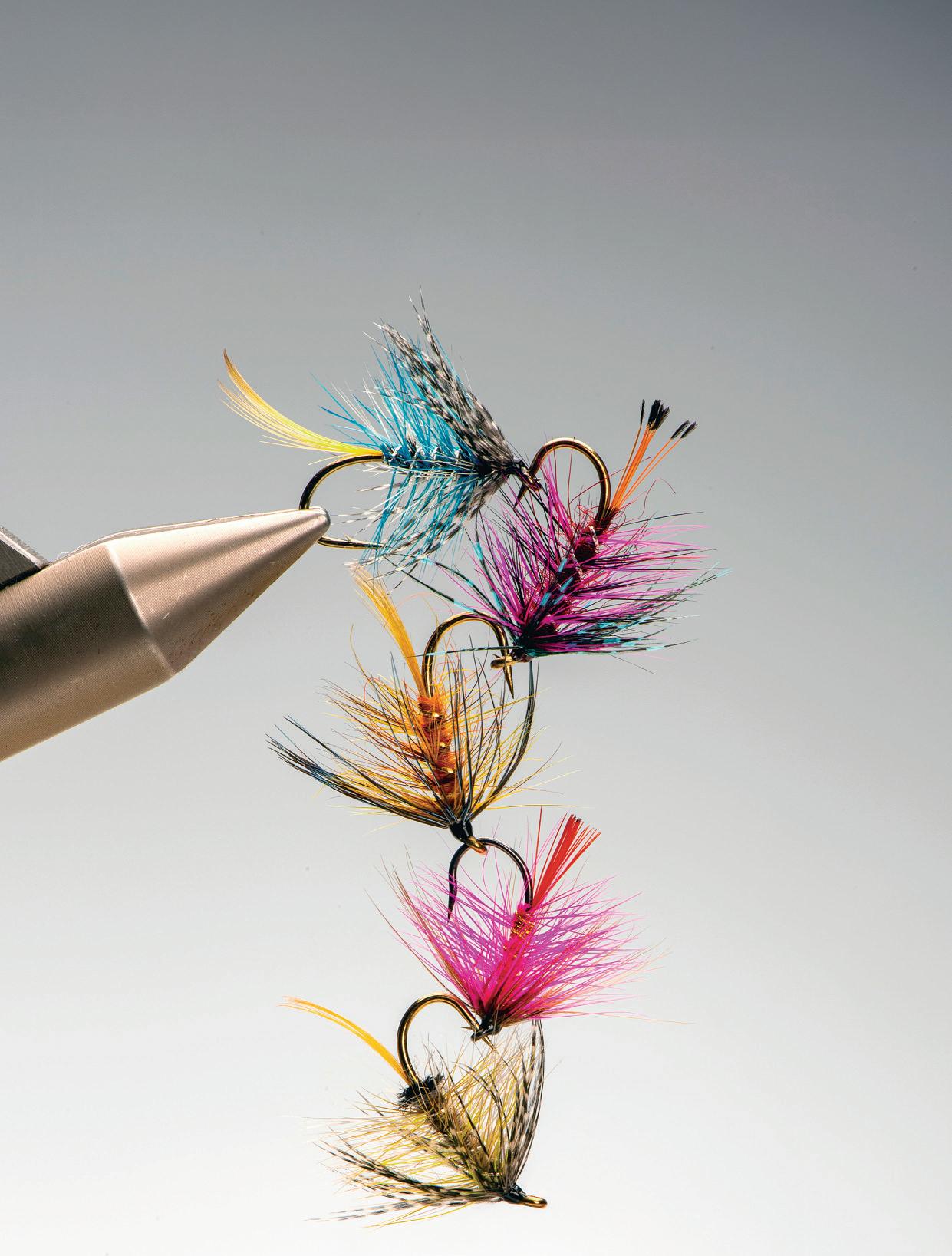









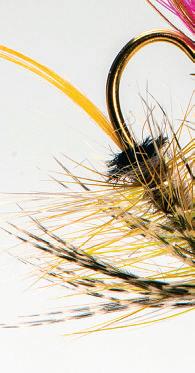











































Like us on Facebook: Fly Fishing &Fly Tying Magazine
Publishing Editor Mark Bowler fffteditor@mortons.co.uk @FFFTMag
Publisher Oswin Grady Oswin Grady@kelsey.co.uk
Publishing Director DanSavage dsavage@mortons.co.uk
Newstrade and Subscriptions Manager Carl Smith csmith@mortons.co.uk
Head of Marketing CharlottePark Cpark@mortons.co.uk
ChiefReviewer Magnus Angus
Advertisement Sales Ian James Tel. +44 (0)7774282788 ian.fft@btinternet.com
Art Editor Kelvin Clements kclements@mortons.co.uk
Subscriptions and Enquiries
Media Centre, Morton Way, Horncastle,Lincolnshire, LN9 6JR
Customer services number: 01507529529
Telephone linesare open: Monday–Friday 8.30am –5pm
Distribution Seymour Distribution Ltd, 2East PoultryAvenue,London,EC1A9PT
ISSN: 0959-8383
Subscriptions (12 issues) from: UK £54; Europe £75; Rest of the world £80;
©Kelsey Media Ltd. All rights reserved. No part of this publication maybereproduced or transmitted in anyform or by anymeans, electronic or mechanical, including photocopying, recording, or any information storageretrievalsystem without prior permissioninwriting from the publisher
Printing
Acorn WebOfset Ltd, Normanton, West Yorkshire

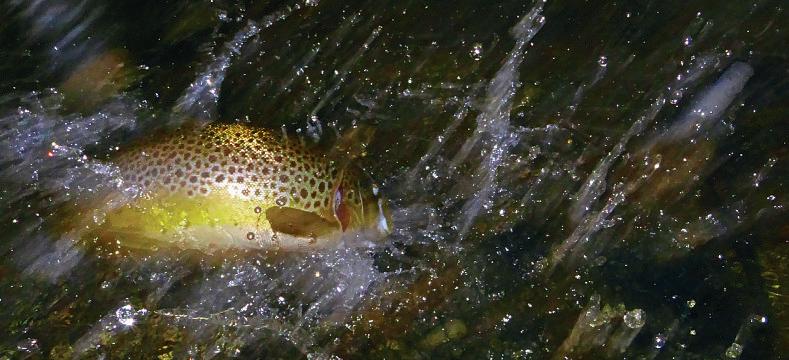

Tagge do nt ot he end of those long,h ot summer days comes that quintessential fly fishing session, theevening rise.The light dims, andthe aquaticstage comes to life, building graduallytoa crescendo in the grey light of dusk.There's nothing moreevocative to aflyfisher than the watching the fading ringsofarise on asticky, placid glide, and then seeing another switching the mood from indiferenttoalert and feverish. On summer rivers, thisactivityisreliablydowntothe blue-winged olive
On page 42, Paul Procter lays outhis plan of attack. When he emailedhis article to me,I hadthreequestions about fishing this hatchthatI wanted to ask. By the end of the first read-throughhe'dalready answered all three,and more besides(yes, the"phantom rise" wasone of them!)
In possibly one of the most brilliantarticlesI'veever seen on fishing this hatch, Paul spells out his tactics in minute-by-minute detail, and tackles the myriad
problems it poses, along with the rewards it can bring. That said, I'd better gettying some of his patterns; blue-winged oliveswill be hatching soon. As Paul observes, this is one insect hatchwhichsuits the 9-5 worker:get home,havesupper,get out there,and enjoy... but be sure to readPaul's article first!
One cautionarynote: Cyril Bennett highlightsa major problem withsewageafecting theeggsofbluewinged olives (see Letters,page9), butperhaps more encouragingly,Charles Jardineand Iagree that we'd noticed more insects plastered onto our car windscreens (the layman's indicator of fly-life health)than for manya year.Anyone else?
If it's escapism youare after, thentaketriptothe North Coast, courtesy of theitinerant TomHarland Lose yourself in superbseascapes, and enjoysport with sea trout on page 34.Prices from, err, £5 per day. Can anything in this inflationaryworld matchthatfor sheer valuefor money?
Mark Bowler
Threethingstodothis month

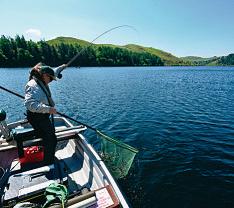
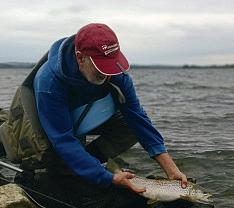
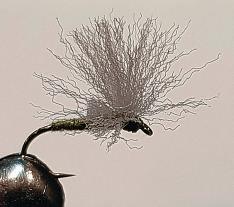




SteveCox
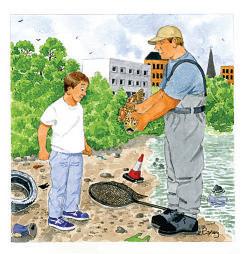
Magnus Angus testsa budget fly line; an ‘entry level’ 6-weight; and a pack-awaywader storage/ mat,whilstAndrew Moss has aloch-side brew-up 76
Magnus Angus tiesona Snowbee Fly Matevice, uses specially formulated sparkle hair,and stacks hair in aclassy bench-tool.
Dominic Garnett readsa humorous book focussing on the meaning of fly fishing;and aguide to some secret fishing spots. 76
Classy tools forthe fly-tying bench.
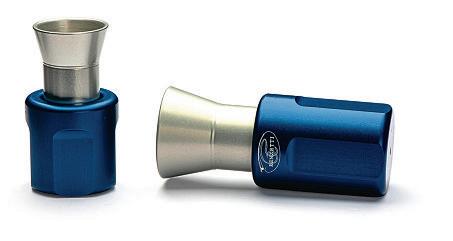


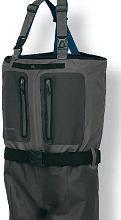
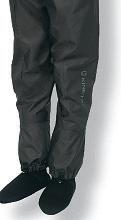

16 ACHANGE OF COARSE
BobBradleysaysthere’s farmoretoflyfishing than troutand salmon
50 LITTLE RIVER, BIG HISTORY
Daniel Calderbank explains whythis
22 THE LADYOFTHE LAKE
Charles Jardine fisheswith Gayle Marsh, on herhome water–LlynClywedog.
30 WINDS OF CHANGE
Mark Bowler shows how lifecan beabreezewhen fishingintoa wind on stillwater
34 AHARE’SLUG INTHE NAVER
TomHarlandheads north to meet thesaltwater sea troutofthe Kyle of Tongue and Naverestuaries
42 EVENINGALL!
Paul Procter’sprecious tipsfor fishing the perfect hatch for9-5 workers, telling us whyweshould ‘think big’duringarise.
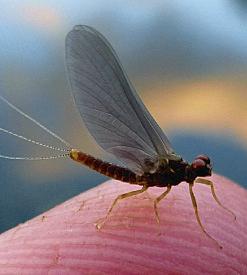


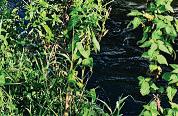

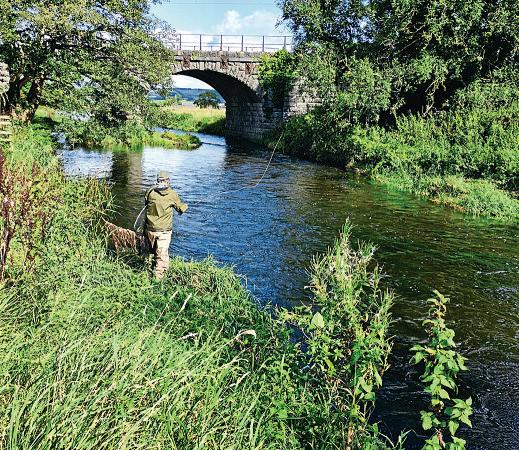

54 COMPOSING THE COMPOLYDUN
efective ‘search’
62 DEAD GIVEAWAY
PeterJ Ramsden uses poly-yarn to producean efective‘search’ dry fly when

Lancashire river is of its starspangled list of members. 60 ESCAPE TO CALLATER
deserving of itsstarember
Neil Patterson has a pattern that brings Spinners to life – when they’re dead.

Colin Alexander Smith sets of to catch a truly wild Highland hill-loch trout

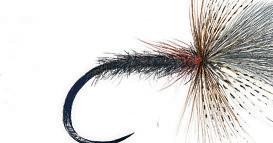
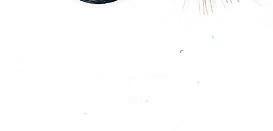

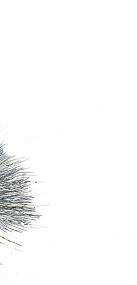

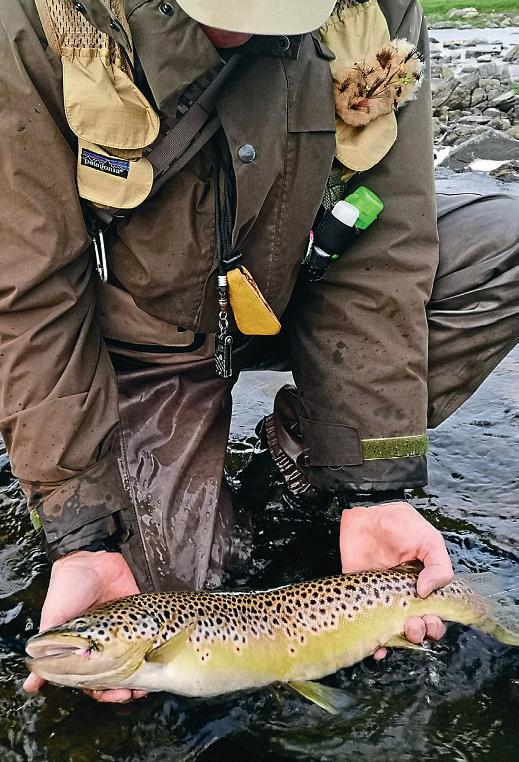

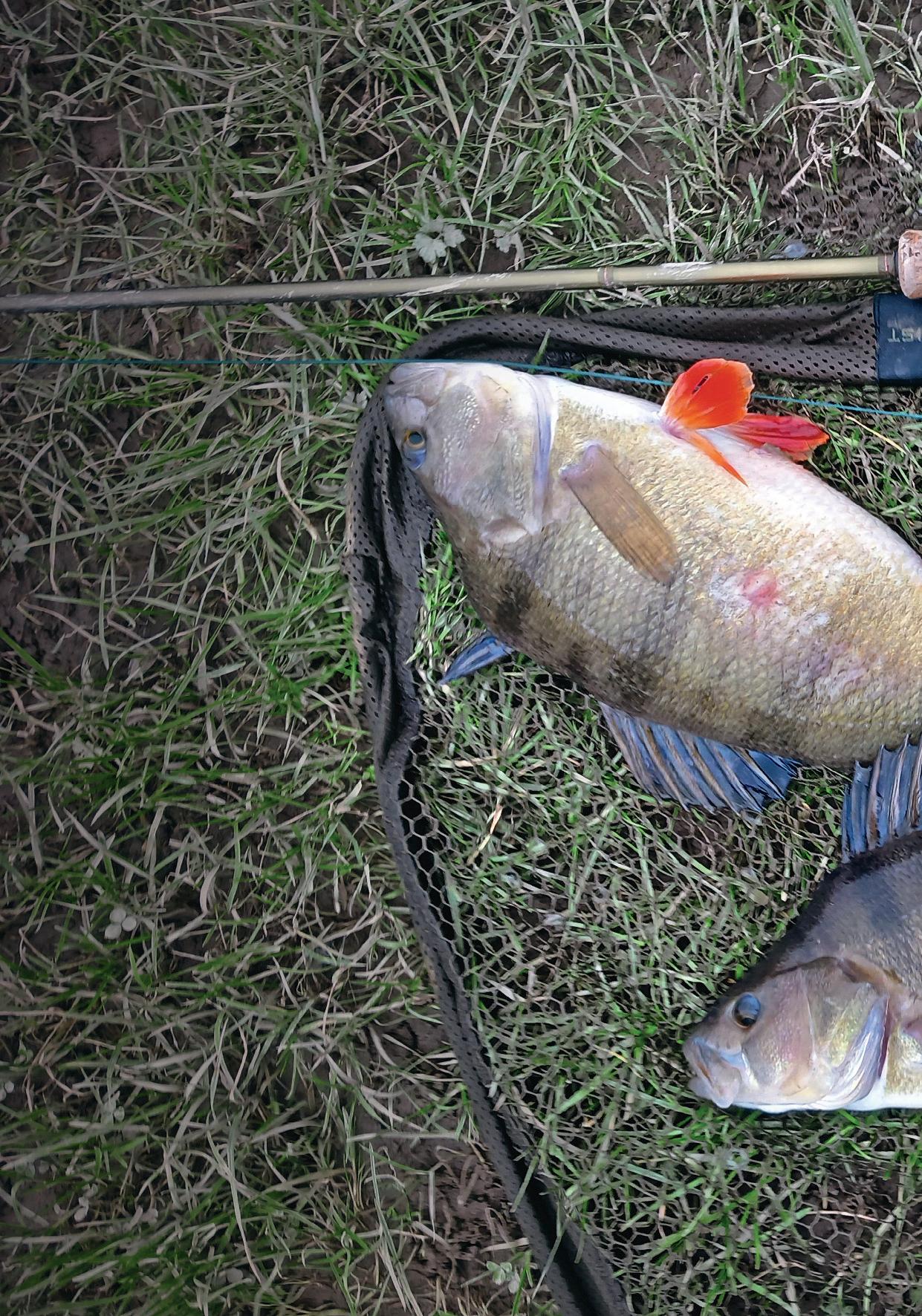
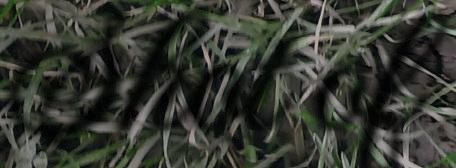

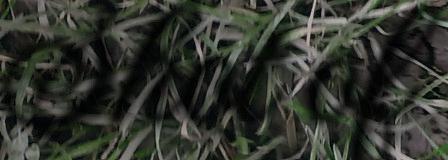



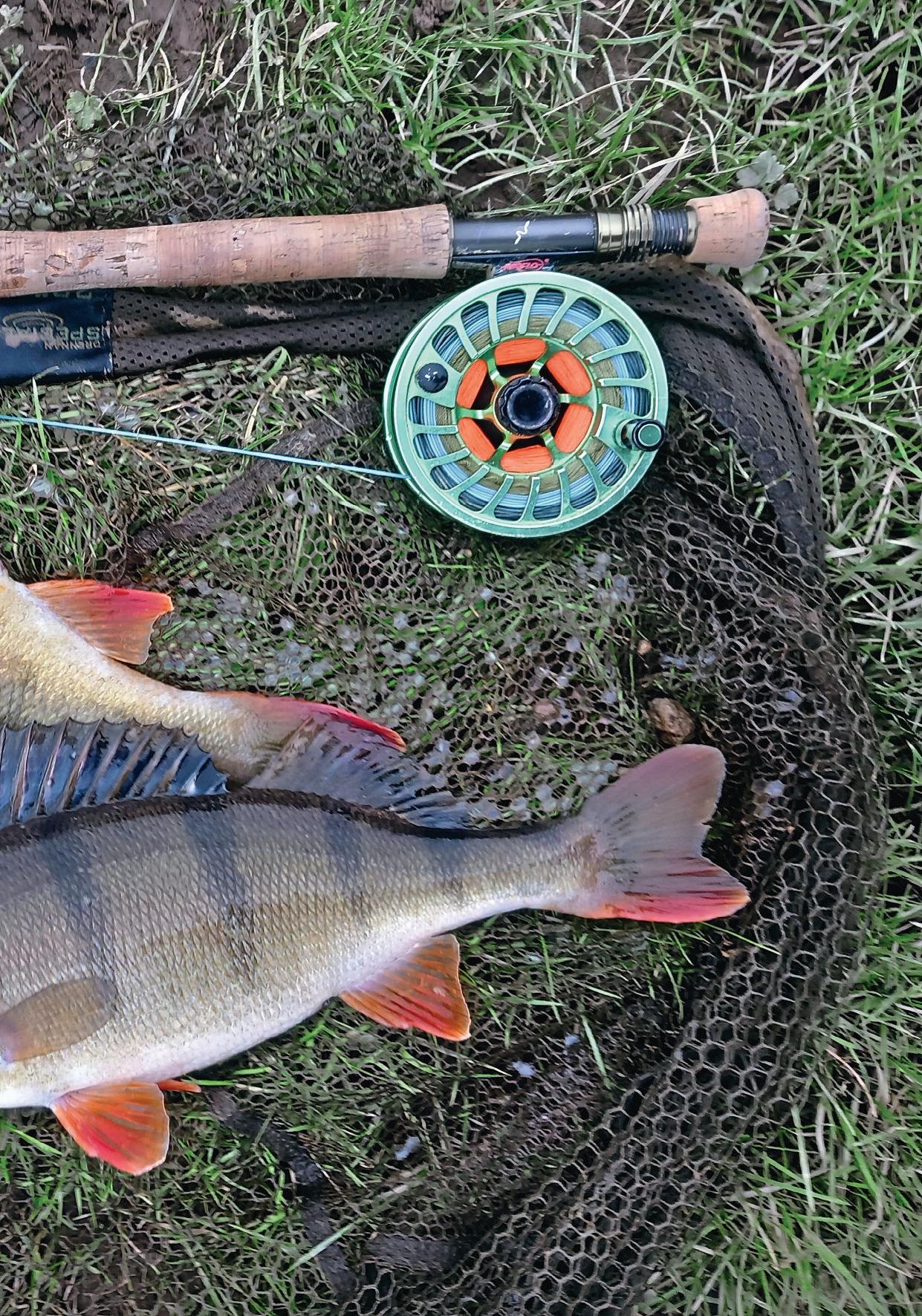
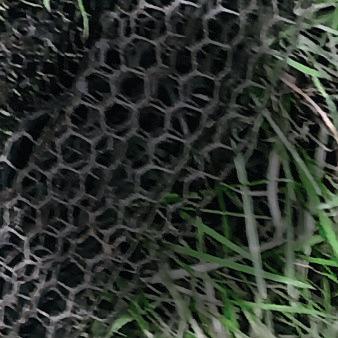
Shot of the Month TwofromSevern.
MikeHandyside sent us this shot of twospecimens he took with one castwhilstfishing wet flies on the river Severn: the 2lb 8ozperch took aPeter Ross on the dropper,while the 3lb fish wascaught on aButcher on the point.
● Shoot a‘Shot of the Month’ and win a year’s subscription to FF&FT Send your phototo: fffteditor@mortons.co.uk

































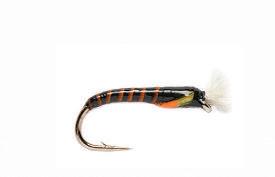

























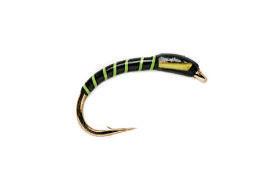
















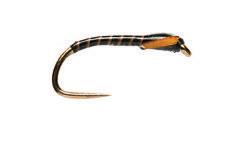














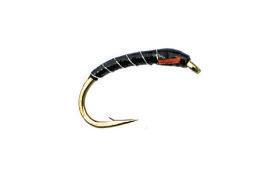











































































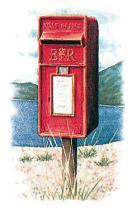
Write to: The Editor,FF&FT,The LocusCentre, TheSquare, Aberfeldy,PerthshirePH15 2DD,UK.
Email: ffteditor@mortons.co.uk. Please includeyourname andpostaladdress with all correspondence
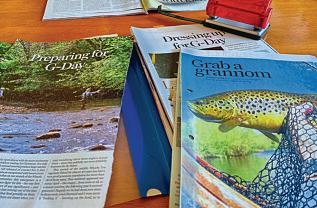
Itip my hattoJohn Glynn for his article ‘GrabaGrannom’in the May2025issue of FF&FT. What agem! With articles of this calibre,artificial intelligence still has along waytogo(for now, at least).
What made it trulystand out wasthe focus on tried-and-tested fly patterns—no guesswork,just solid, field-provenflies. And, of course,the ultimate sign ofan inspiring piece: the irresistible urge to headstraight to the vice after reading it .Missi on accomplished.
Jo hn ’s artic le fi ts bea utifullywithin the legacy of great caddisflypieces in the magazine, alongsidecontributions from Oliver Edwards (March–April 2017), DavidCalvert and Stuart Crofts (August2003,October 2021), and let’snot forgetNeil Patt erson (September 2008, December2011, March2013).
It’s easyfor me to reference these nowbecause –perhaps a bitunorthodox –Icut out and reorganise everyissue of FF&FT after reading;sorting them into themed fold ers (s ee ph oto ). Whilstnot everyone’s cup of tea, it’s amethod thathelps me keep all the valuable insightsinorder as part of the learningprocess. Keep up the greatwork! R. Neuteboom Spijker,via email.
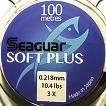
The writer of the Letter of theMonth will receiveaspool of 13.7lb Seaguar Soft from Fordham &Wakefield.

“I wasstandinginthe middleofa huge swarmofegg-layingsherryspinners– when Iwaded upstream thewhole swarmfollowedme”
Themagnificent“eveningrise’ when huge swarms of egg-laying females flyupstrea mt o release theireggsintothe rife areas of the river; followed by the ‘s pent’ fema le sd rifting d ow nove rt he po ols to th e delight of both the trout and thedry fly fisherman
Th eb lu e- wi ng ed ol iv e (Serratella ignita)isone of our commonest upwingsfound in unpolluted rivers and streams throughout theBritish Isles. It has aone year life-cyclewith eg gs thate nt er a‘di ap au s e’ st aget o al l ow th em to incubate overthe winter period.
Theeggshaveanattachment st ru ctu r eato ne end wh ic h pops out oncontact with the water allowing themtostick to plants and st ones. If th is adhesion is subsequentlylost duetopollutionor disturbance, it cannot be regained andthe eggs are lost.
Wi th increased le ve ls of pho sphates and su spended se dimen ts on manyo fo ur r iver s, the ad hesi on of the eggs during the long overwintering incu ba tion per io di s being seriously undermined; the eggs drop of andsufocate

Egg-laying sherryspinnersatdusk, and (inset) the green egg
–d ra st ica ll yr ed uc in go ur blue-winged olive populations. Nutrientenrichment, requiring more aggressive weed-cuts will also disturblarge numbers of incubating eggs causing further losses.
After as erious poll ution incident destroyedthe entire blue-wingedolive population on the riverWey in Surrey,it wasreplaced with the reintroduction of eggs from the Hampshire Avon. Large numbers of eggs are easilycollected from females at dusk –each‘eggball’ contains around athousand eggs.
The‘eggballs’are allowedto sink (and stick) overnight onto submerge dglas sp lates and then incubated in an unheated environmentoverthe winter period; apart from lowaeration and an occasion water change,
they need little attention. The eggs can be safelyincubated in domestic tapwater,which protects them from pollutants and eliminates the transfer of anypathogens between rivers, but they must be introduced into the riverbefore they hatch.
In earlyspring,30million eggs were introduced into the rive rWey a nd al at er ch eck confirmed thatall of the eggs ha ds uc ce ssf ul ly hatc he d–leading to are-established bluewinged olive population and a returnofthe sherryspinners.
We urgently need the water com panies to red uce the am ounts of phosph at es and sedimentstheyare puttinginto theriverssothatwecan bring back our blue-winged olives and restorethe evening rise. Dr CyrilBennett MBE , via email.

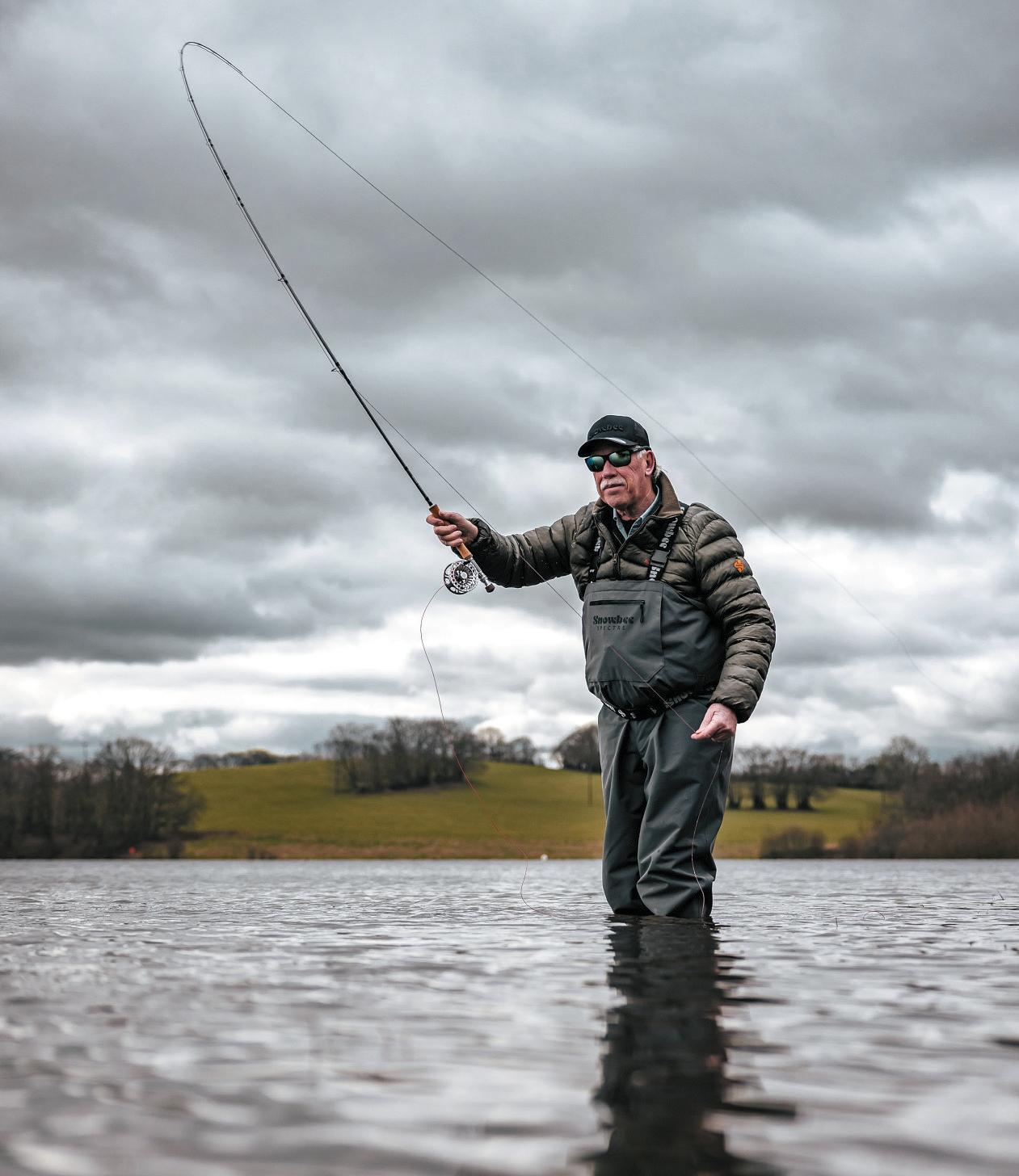













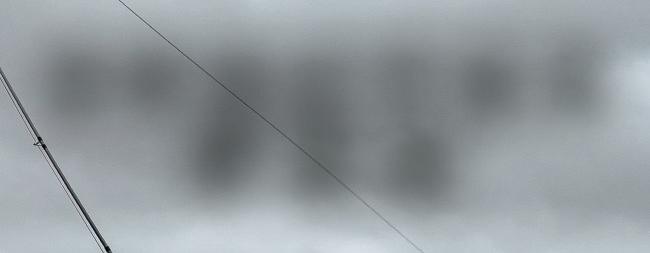


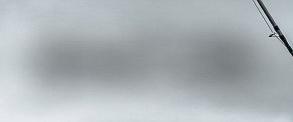

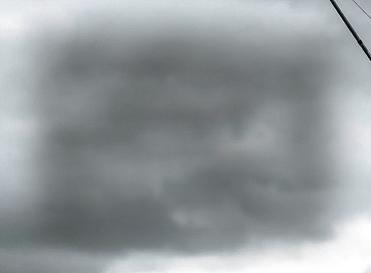




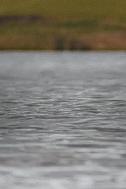

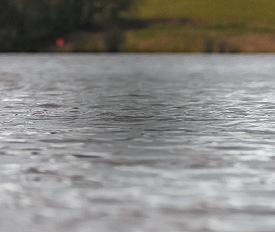




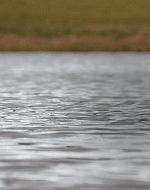
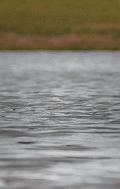
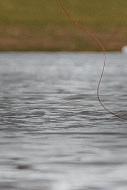
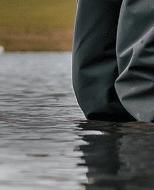













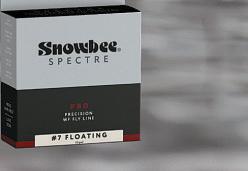
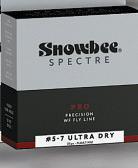
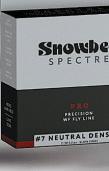
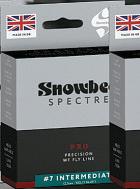







With readers’ support, the avian predation problem throughout the UK,and the fact thatthe licensing scheme has not worked, was brought to the notice of both Natural Resources Wales (NRW) and the governmentatWestminster,by Lord Alex Carlile,CBE KC.
Theachievements, as Iprepare to close down the petition, are as follows:
Lord Carlile wasinvited toa Zoom meeting with NRWand he reiterated anglers’ concernsregarding the issues of avian predation. This resulted in thepromise ofa writtenanswertothe questions posed to them,beforethe Zoom meeting,byBen Wilson on behalf of NRW. This did not –and has not– materialised; thewritten response receiveddid not answer the questions posedina 90-page do cument. Th is beggars bel i ef when Ben Wilson’s,PhD wasbased on his studies into avian predation, but that’swhere we are so far.
Iwonder if the NRW’sreport promised for 2025 will materialise?
Lord Carlile approached the governmentinWestminster by wayofParliamentaryQuestions, and Baroness Hayman of Ullock responded, answering Lord Carlile with alistof‘avianpredation’ culling licences issued: in my view,a bypass of the relevant questions posed by Lord Carlile.Iwas asked to prepare aresponse to Baroness Hayman’s replies, in notmore than 50 words per question in order that Lord Carlile could again approach theissue with Baroness Hayman.
Ipreparedthe following:
•Quoting statutoryduties do not answerthe questions raised. Facts have –and are –being ignored by those chargedwithdelivering those
-that’swhy Iwas sedgefishing on an April night in Scotland
Thesedry,drought-threateningconditionswereare experiencing aretesting enough for flyfishersonrivers, butwhat, I wonder,happens to insect-life on agradually shrinkingriver?
Isuppose I’mlucky in away, in that theTay,being such a long,coldand massiveriver, stillkeeps flowingdespite parchedconditions.
duties, hencethe reason for posing thequestions. TheMinisterial guidance of 2000 appears to have been ignored. Salmonids have nowbeen declared as aspeciesunder threat of extinction.
•The continuing delayofplacing goosanders and cormorants on the General Licencewill spell outand deliverthe reported demise into extinction of salmonids and eventuallyother freshwater fishspecies. These predators have no county or countryboundaries. This method worked asa control pre-1981,and it will again, if re-introduced.
•Salmonids have been placed on theendangeredspecies list.Avian pre dati on vi ewst hr ou gh Pe titions(Year 2000: 23,000 names), (2019: 56000 names)(2024: 6500 names)has led to anunworkable and inefcientlicensing scheme.
‘G eneral Licence’i nc lu sion is urgently required. Theoutcomeof thecontinued demise rests solelyat the hands of thecontinued, obstinatedecisionsbythose in charge
Lord Carlile has advised thatany otherapproach presentlywould be met with the same response.The various Petitionssince the year 2000,havecarried the facts to those thatareempowered to deliver, only to learn thatthe old saying is true: youcan leada horse to water,but youcan’t make it drink.
We hope thatour eforts based on true facts will eventuallyhave some effect on those powers in being and thataGeneral Licence results.
Wh il st th eo ut co me di dn ot produce the required result, the petition has servedits purpose.
Isincerelythank youall for your eforts.
Gwilym Hughes, via email.
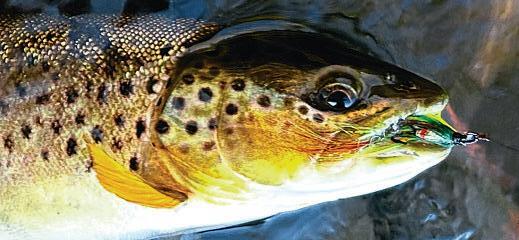
This close-up of abrown troutwas takenduring ahectic 45 minutes on the river Teith in mid-March by Alfie McQueen. Three-quartersofanhourafter the trout wastaken,a 14lb springer took the same,self-tied fly
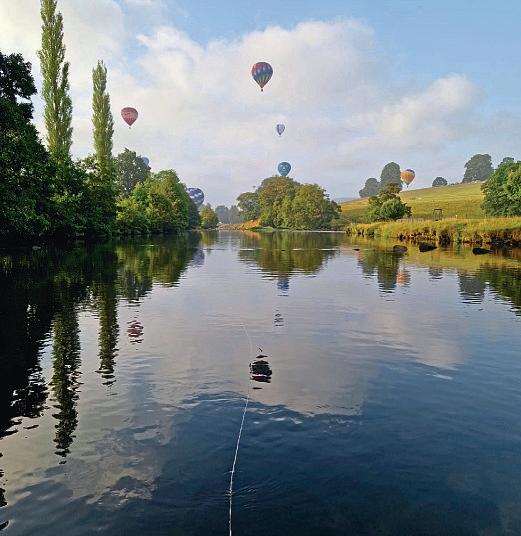
Mark Holland wasout early in the morning, trying to fool some rainbowtrout intotakinghis Pheasant Tail Nymph onthe river Derwent at Chatsworth Houserecently when this flotilla suddenly appeared on the skyline.
The interestingthing about it graduallygetting smallerand narrower,is that it actually becomesa little more accessible;abit more manageablethanitis normally,tamer than itsusual, brawling self What I’ve noticedisthat as thegravels bleach in the sunand extend ever further from theflood-plain fields (doyou remember floods?) so theinsect-life seemsto
concentrateinthe margins.
In addition,something happened theother evening whichmademewonderif insectshaveasimilar survival response to droughtasplants do
I’mnoMonty Don, but here’s aquick bitofgardening: if youdon’t waterspinach,it quicklybolts to produceseed forthe next generation before it presumably withersand dies in theparched ground
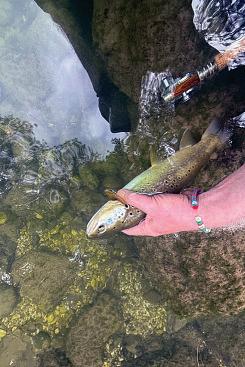
...R ea dm or eo nt he FF&F Tw eb si te: www.f ly fis hing-a nd -f ly ty ing .c o.uk/blo gs

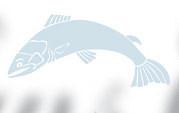

After almos t1 50 ye ars of exis tence,t he cl ub said to be Wales’ longes ts tan d in gf is hing cl ub , Cambrian Anglers, is facing an uncertainfuture overthe state of Llyn Ffridd yBwlch,aformer quarr ysiteand nowone of its keystillwaters.Following a2017 ruling aimed to prevent uncontrolleddischargesofwater from mountain reser vo irs, the club couldbesaddled with abill of up to £100,000 to upgrade the lake’s dam, afigure well beyond itsmeans.
At theheart of thedisputeis Breedon, the quarr ycompany whothe clubsay is responsible for the dam. However, following meetingsw it hC ambrian Angling,Breedon has insisted thatith as “n oowne rshipo r controlofthe lake”, andthatitis theclubthatmustpay.
Cambrian Anglers secretary Darren Williams said thatheis “veryworried about the future of the club” and thatthe new
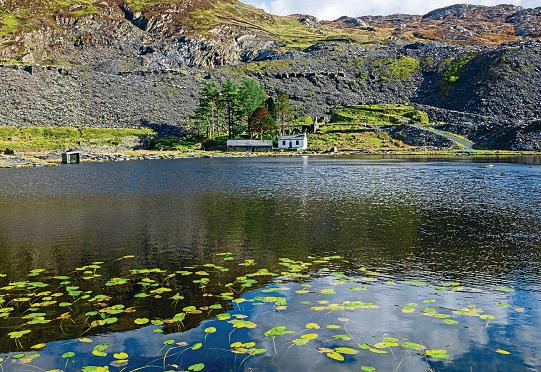
rulescould spell disaster.The Cambrian Fly FishingSociety has already spent£11,000 on an initialreport on thedam’s condition, with the ensuing demand for lowerwater levels potentially giving the club abillitcannotpay.
One hope,h owever,i st h at anotherfunding source canbe
found, and following clubtalks with local au thorities, We lsh Senedd Me mb er,M ab on ab Gwynfor,has stepped in to try to work towardsasolution.
“The continuity of theclub has to be ensured,” said Gwynfor,c it ing it sd is tinguis hed herita ge and hu ge ly po sitive
impact on localwellbeing in one of the poorestareas of Wales. TheSenedd representative has backed theclub’sclaim thatit sh ou ld n’ tb er es po ns ib le fo r dam repairs –suggesting that the quarrycompanyorNatural ResourcesWales should shouldercosts.
BlaenauFfestiniog councillor, Elfed WynApElwyn, has also come outinfavourofCambrian Anglers, arguing thatWelsh Governmentshould payfor the dam renovation. “The clubislike acharity, with very littlemoney,” he said. “Ifthe club is going to have to paymore then the future doesn’tlookverysecure.”
Correspond ence betw een anglers and the Welshgovernmentisongoing,witha special me etin gi mminen t. Other fishing clubs will be looking on anxiously,given the ramifications for furtherdammed stillwater fisheries. FF&FT will releasemoredetailasthe situation evolves.
CONSERVATIONIST SAND ANGLERS CELEBRATEASRENEWED PUSH TO PLUNDER NORTH SEA STOCKS FAILS
Judges in the Ha gue have thrownout achallenge to the cl os ure of the No rth Sea sandeel fisheryinScottish and Eng lis hw at ers. In troduced in 2024 to prohibitthe commercial exploitation of the species, Danis hc ommer cial fishers decided to challengethe ruling.Akey partofthe marine food-chain, sandeels are not only acriticalfoodsourcefor decliningsea birds, including pufns,
butalsoiconicsport fishsuchas salmon,sea troutand bass.
Th eD an es ha dd escri bed p ro hi bi ti ve meas ures as “discriminator ya nd dispr oportionate”and went as faras challenging scientificevidence. However, judges at the Permanent Court of Arbitration ruled in favour of conservation measures,upholding aban on the har vesting of sandeels, which were beingtaken for agricultural
feed andoil production. Along sid ea de lig ht ed RSPB, the Sco ttis hG overnmente xpressed it sapprova l. “Protectingour marine ecosystem is vital to Scotland’s environment,and to thepeople and communities whorelyonit. The ruling reafrms theappropriateness of the actionswetook lastyear to do justthat,” said ScottishRural Afairs Secretary, MairiGougeon
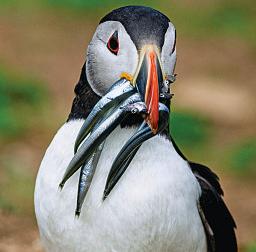
Ph oto: is toc k/M arek St efunk o
Plans to create anew,supersized poultr yf arm near Sh re wsb ur ya re be i n g met with stif opposition from anglers and conser vation ists, whofear severe damage to the Upper Severn. There are already over50million chickens being farmed in Shropshire, Herefordshireand Powysalone,witha newwaveofgiant farms cited as thekey factor in thepollution of theWye
Supported by RiverAction, scientistDrAlison Cafyn spoke in Cardif’shighcourt to issuea starkwarning thatnew plans were “reckless and unsustainable”, stating thatthe council needed to put astop to the “huge vo lu mes of ch ic ke nm an ur e leaching into our rivers”. High amounts of phosphorous and
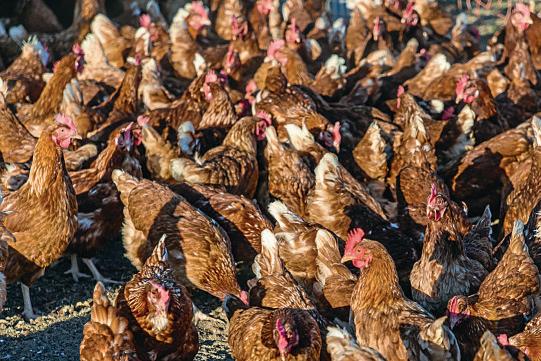
nitrogen pollutionfrompoultry droppingscan star ve fishand riverplants of oxygen, choking
life andcreating lastingdamage to fragilehabitats.
CharlesWatson, chairman of
RiverAction, whichisfundinga judicial review, said: “Shropshire Council is simplyrubber-stamping mas sive ch ic ke nf ac tor y fa rms wi thout consid ering the potentiallyhorrificcumulative environmenta li mp ac t. Thesef arms areappearing all over the river’scatchmentlike asepticrash, with no credible plan to su st aina bl ym ana ge their hu ge toxic emi ssions of chickenmanure.Ifwedon’t stop them now, it’llbetoo late foryet anothericonicBritish river.” Pl ans fo ra sim ilar-sized in te ns ivef ar mi ng si te we re recently thrown out in Norfolk, following ajudicialreviewthat airedgrave concernsoverenvironmental impacts, including air pollution as we ll as water contamination.
Following unseasonabl y dr yweather this spring, we at her exp erts are a lrea dy predicting su mmer 2025 to be one of water shortages,bringingadded pressure on Britain’s rivers and reservoirs.
After April 2025 went down as the hottestonrecord, with only 56%ofnormalrainfall, the government have been holding talkswiththe National Drought Group, abodymadeupofvarious water companies, farming groups and cl imate expe rts. Wa ter-ra tioning meas ure s, inclu ding hosepipe bans, are alreadyindiscussion,while the
UK’s continued lack of investmentoverwater supply, and a 30-yearfailure to buildany new rese rvoi rs ,c ome su nd er th e spotlightonceagain.
Pred ict ions of drought ar e especiallytimely in 2025,with the ea ge rl y- aw ait ed Cu nl iffe
Reviewsoon to reveal itsfindings. Thereviewis billed as a critical inquir yintothe water industry, scrutinising the decisi ons of it sm aj or companies and looking at issues including abstractionlicences and shared waterstores.
Meanwhile,inIreland the low fl owsa nd hi gh temper at ures
have triggered closures by Inland Fisheries Ireland on their flagship fisheries. On May16, the ErrifFisherywas closed after it recorded watertemperatures above20°Ctwice in 24 hours. Twod aysl at er bo th the Moy (Ridge Pool)and Galway fisheries followedsuit. IFI took the decision to close the fisheries to protectfish from potentially lethal st ress. It will re-op en them once temperatures return to levels wherefish will not be thermallystressed; this is conditional on at leasttwo successive water temperature readingsof less than 18°C.

GIVARRYFARMINGLIMITED GUILTY OF FOULING CL OONAGHMORE RIVER WITH SILAGEEFFLUENT
Anglers arecelebrati ng a winagainst pollut ionin Ireland’sCou nt yMayo, as Inland Fisher iesIreland (IFI) successf ully pursuedcharges in Ba ll inaD istr ictCou rt.
“N ee dl es sa nd av oi da bl e” w as howM ar yWal sh of th e IFIdescr ib ed theofence–with th e“ ve ry po or ”c on diti on of th ef ar ml ea di ng to ef fl ue nt discha rg ingi ntot he waters of
theCloonaghmore. Thedefendan ts on ly es ca pe dal ar ge r finedue to al ac kofp re viou s conv ic tion sa nd thec ar ry ing outofworktopre ve nt futu re occu rrences.
“T hissuccessfu lprosecution is pa rt of IFI’sver ydeter mi ned ef fo rt stop ro te ct th eS tate ’s ri ve rs ,s tr ea ms ,a nd la ke s,” sa id aspoke sp er sonf romt he agency.























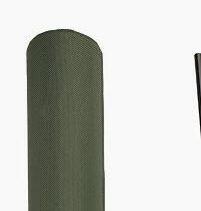







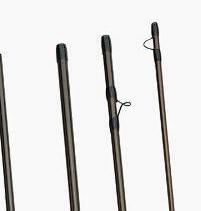



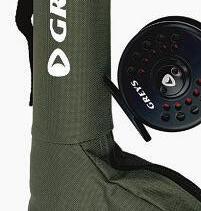






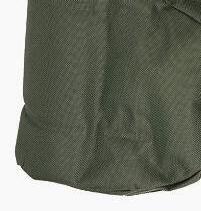


















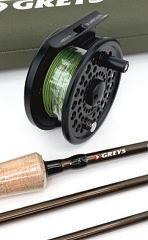






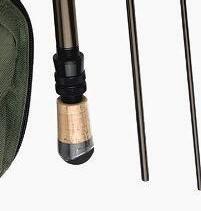



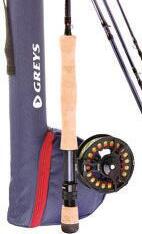


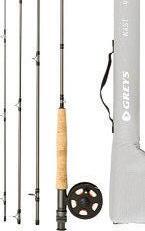





AS EA FIGURE SREVEAL OVER 12,500HOURS OF SEWAGE DUMPING ON THE RIVER, LOCALS
Following gruesome statistics on the sewage and fa rm wa st ed isc har ge s thatblight the riverWye,locals and cam paigners are banding together to bring the lawto bear.Aspecial claim being made vialegal firmLeigh Dayhas now addedWelsh Watertoalistof defendants thatincludesAvara Foods, Cargillplc andFreemans of Newent,withindustrialscale chickenf arming alleged to be thesinglebiggest source of Wye woes
With some 4,225sewage-spill incidentsfromsites in England into the Wyetaking place last year alone,the LeighDay led claim alleges thatthese incidents have heavilycontributed to the deterioration of the iconic river, whichispopular with paddlers as well as thousandsoflocal and visiting anglers each year.High phosphorus levels, it is argued, have resultedinalgal blooms that
Followi ng an 18 -mo nt h reviewofenvironmental andwelfare issues at Scotland’s salmon farms,the So il Association (SA) has released aheavilycritical judgmenton industr ystandar ds. Th eSA, whichsets the criteria for salmon to be certified as “organic”, found that farmswerenot doingnearly enoughtotackle concernson fishwelfare and environmental impacts. Giventhatfish labelled as “o rg anic” has the highe st standardsamong Scotland’s fish farms, the findingsalso raise huge concerns aboutthe rest of theindustry.
Among the biggest red lines crossed, the SA highlighted the environmental impact of chemicalveterinarytreatments, unsustainablysourced feed, andthe mass mortalityoffarmedfish.
“Delive ring agood li fe for farmed animalsand care forthe

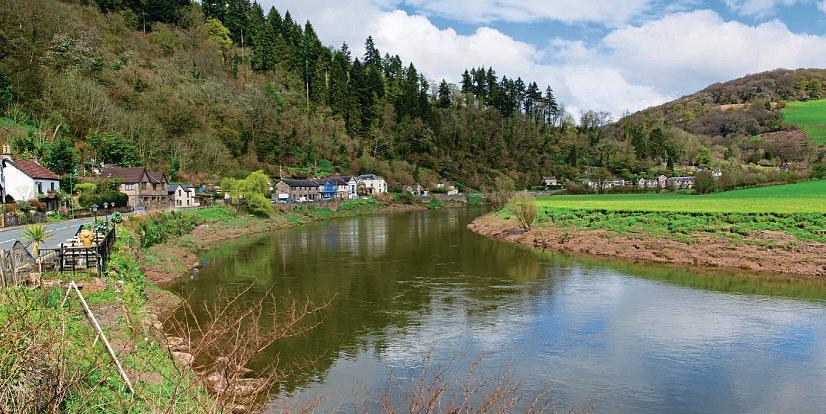
The Wyesuffered 4,225 separate sewage-spill incidents lastyear.

have acritical impact on theriver andits ecosystem.
Le ig hD ay par tner,O live r Holland,said thatpollution levels on both the Wyeand other rivers nationwideshowedthat“sewage spills acrossthe countryare not
getting anybetter”, adding that this hadnot onlyharmed river life but“disruptedlocal people andbusinesses”, with thelogical solution being to “force the company (WelshWater)toclean up itsact,and itsrivers.”
Sp eak in go nt he to pic of sewage spills as awhole,current EnvironmentSecretar ySteve Re ed recen tl yd es cri bed the 3.61 million national hoursof dischargedwaste in 2024 as a “disgrace”.
FARMS ARE “NOT AT ALEVEL WE CANACCEP T” ON FISH WELFARE AND SUSTAINABILITY
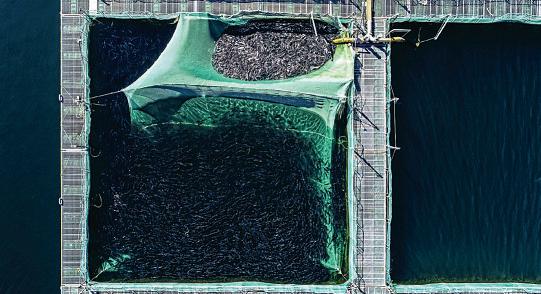
The Soil Association has foundthatsalmon farms arenot doing enough to tackleconcerns on fishwelfare and environmentalstandards forittoaccept.
natural worldare at the heart of organic,” said SA managing director, JamesCashmore.He addedthatwhilethey hadworked to tryand improve theindustry for many years,presentconditions showedthat“fishwelfare and environmental standards are notata levelthatwecan accept”. Wh ether se le cted salmon
could lose its“organic” labelon supermarketshelvesremains to be seen, butthe SA hassaidthat it will withdraw itsinvolvement if improvements are notmade. This in itself could jeopardise the product’s“organic” classification andstatuswithconsumers. Among suggested measures put for wa rd are ad di tional
welf are checks on fish, and a complete phasing out of deltamethrin, achemicalusedtocombat sea lice thatthe SA deems as unacceptably toxic.Subsequent steps include aconsultationwith Scottishgovernment, as well as furthernegotiations with the industry, to trytomap out apathwaytochange.
“Weknowthere are some who want to see the Soil Association withdraw from thesector,” said SA chief executive Helen Browning.“Butour researchhas shown thereisa possibleroute to getting organic salmon farms onto amore sustainable footing while giving organic fisha good life.While the sector is duetoexpand with high consumer and exportdemand for salmon, we believe it’s important to leadthe wayinthis changeasit wouldgreatlybenefitour oceans and farmed fishifprogress can be made at pace.”
BOBBRADLEY says there’sfar more to flyfishingthantrout andsalmon
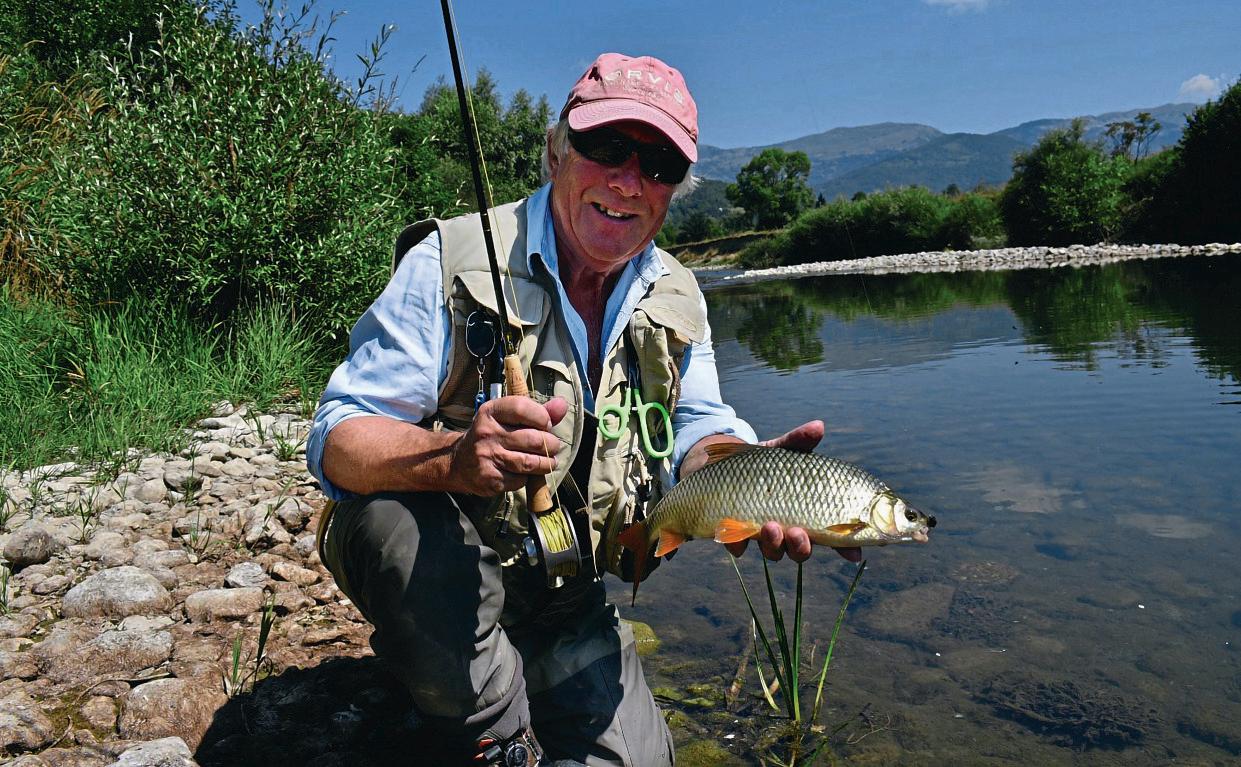
For the past30years or so my main quarryhas been game fish: trout, salmon andgrayling;along with asmattering of more exotic speciessuch as bonefish and tarpon thrown in both to spice things up abit and also to transport m ea nd my flyrods to warmer places when winter weather bites my Cumbrianhome.
Butmostofmyearly fishing wa sd one with ‘b ait’ –b rea d , worms, maggots and so on –for so called coarse fish. It was great fun, butfishingfor thesespecies with aflyholds also holds many attractions; as MauriceWiggin wrote,“chub bing is ac ome ly spo rt, wh en trout fis hi ng is hard to come by”and for sure, and for various reasons, trout (and salmon)are much rarer and swim in farfewer of ourrivers,
and in lesser numbers, than they did in Wiggin’s day, and chavender, being“crafty enough to make his capture tricky”isa fun and exciting quarrywitha fly rod.
And, for thatmatter,soare so me of ou ro th er ‘n on-g am e’ s pecies, al thoughu nt il fa irly recentl y, Ih ad caug ht onl ya small number of them on the f ly.A fe wyea rs ago, ap op ulation explosion ofperch on a local troutlakebrought afisha-casttoaSoldier Palmer whilst trout fishing –more an annoyance than atriumph! And once, Nymphing in the clear waters of the riverIdrijca in Slovenia, my target trout wassupplanted by amuscularbarbel whichfought likeademonasbarbelalwaysdo; perhaps pound-for-pound more sporting than salmon. Butthese captures were more by accident
than strategic planning or judgement. However, thingsare now changing;I have determined to broadenmyflycaughtspecies list La st ye ar,o nJun e16–t he coarse-fishing season’sopening day– amidsta bonanza of barbel and chub on the Wye, Iput aside my bait-rodand, using ordinary Nymphpatterns plus acouple of ‘specials’ set about upstream ny mp hing .T he chu bw ere shoaled-upand feeding highin the water,competing actively and vigorously forany loosefeed that Ithrewinwhen baitfishing.Even after I’dstoppedthey were obviously still active;sothe chances with the fly were pretty high AlargishP TN,tied on asize 8or10hook,ora simple Black Ny mp h–r esemblin ga tr out pellet –plopped gently near to the headofthe shoal wasusually


grabbed immediatelyor, when dead-drifted downstream, pretty soon after.The line would tighten, therod wouldheave over anda mighty, thoughusuallyshortlive d, st ru gg le wo uld ens ue . Ch ub are not noted for their tenacity and stamina; ‘surrende rm onkeys? ’No, not qu it e, butthey are lightning-quick to headbank-ward and dive headfirst into anysnags,leaving one attached to tree roots, reeds and dangling brambles rather than sweet chavender.
Afive or six-poundchubmay not be regarded as am onster thesedays, butcomeon, it’s not atiddler,either! Nottoo long ago, specimen hunters would go a long wayfor a5lb chub,and here Iwas with ashoal of thesehefty thingsinfrontofme. Inetted a few, butI soon found thatplaying
the fishquickly then drawing it downstream into the slackwater where Iwas standing,brought the characteristic gaping mouth and huge chub-lipsslidingtothe surfacewhere it waseasytoslip out the fly,turn the acquiescent fishand gently push it back into the currentwhere,apparently un pertur bed, it rejo ined it s mates.
On asix-weightrod this was greatfun and Iknockedout so manyfish in quicksuccession thatI soon realised thatI had caught enough.
All the time Iwas doing this Icould actuallysee barbelout to my right.They often come in behind the chubinresponseto the copious loose feeding, rollinginthe current wherethey wo ul dh aveb ee nt ak in gt he remnants of loose-feed missed by the chub, along with nymphs and shrimp, their naturalfood. In these situations, the barbel’s natural reticence seems to be ove rri dd en by gree d. Ba rb el , being bottom -f eed ers wi th under-slung downward-pointing mouths; have to either roll on their sides or lift up their heads ve rtically, to ta ke anyf orm of food in mid-water. When they do so,their whiteunder-side is exposed, giving anice and easily spotted ‘flash’.
These fishwere biggerthan the chubbyafair bit; seven, eight andeventen pounds,soI was keen to hook one.Aten-pounder on theflywouldreallybesomething. But, tr yasI mightthat day, even thoughI couldsee the odd fishturn on itssidetowards my artificial as Isteered it past, Icould notget atake. Andsoit remains; the lastfew timesthat Ihavefished thisbeat, although
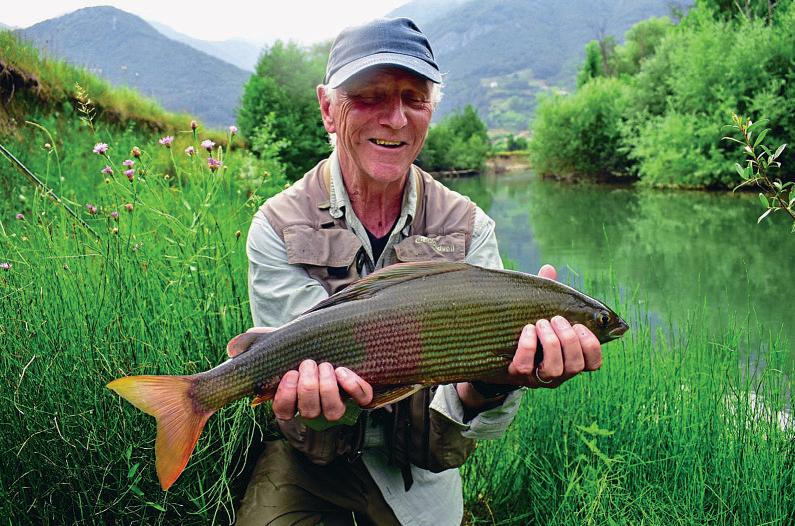
Ih aveh ad go od bags of both fishusing bait, the conditions have no tb een qu it er ig ht fo r sig ht -Nym phin ga nd so big barbel remain on theto-do list.
Pa rt of this newi nt eresti n non-game species is the current mala ise su rrounding some aspects of oursport. Iamtired of badn ews: t ir ed o fr eadi ng about pollution, fish-predations, salmon farms, re-wilding and the introduction of beavers. It is so easytobuy intoall the doomand-gloom. In reality,fishing and the co un tr ys id es hould onlybring joy; it should be fun and uplifting,but in the present climateit’seasytolosesight of this.
Butrivers arefunnythings and as Tennyson said of them “Men maycome andmen maygo, but Igo on forever”; rivers may
have away of healing themselves and whilstthere is no doubtthat our salmonids and our rivers need help –wemustdowhatwe can to help thingsand otherwise makethe bestofit. And whining won’thelp, partofmyansweris to broadenmyoutlook.
runs warmer –whenthe hot sun sh ini ng fr om aclo ud le ss sky, knocks thechill out of the shallowoutflow. Thetemperature diferencemakes for two, quite distinct rivers
and abig Montenegro
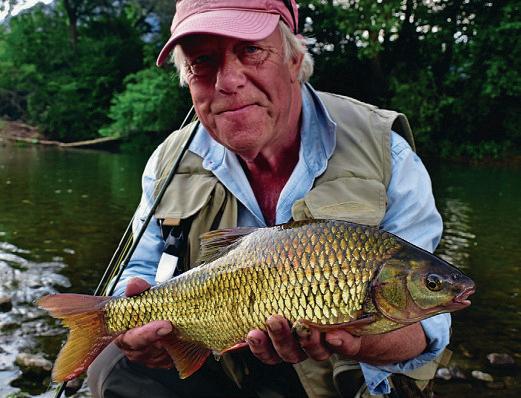


So,withmyappetite for other species on the fly well and truly wetted, when Iheard thatbig roach plus more chub and also mo nste rg rayl in gwere be in g caught in the rivers around Lake Plav in Montenegro my antenna twitched.After abit of research, one morning in mid-July, we we re dra gg ing our we ig ht y rod ba gt houg ht he No thing to Declare doors of Dubrovnik airport where Ivan,our guide for the next week,was waiting for us ,a nd we hea de do ut of Croatia, throughthe southern tipofBosnia-Herzegovinaand on throught he mountains of Montenegro.
Plav,our fishing base,has the look of alow-key touristtown whichisemerging from aquieter and moretraditional Montenegran past, and is nowstriving to catchupwithits better known relations on theAdriaticcoast. It lies at the northern tipofthe eponymouslakeintowhich the Ljuca Riverflows on the western sideand the Limflowsout at the northern, town end. These rive rs are ve ry different .The Ljuca runs from high mountains, some of whichstillhad snowon theirsummits, whereas the Lim
TheLim, whichran astone’s throwfrom the back of our hotel, wasour first port of call. Thefirst pool If ished ,Ic ould see fish lining up againstthe farbank trees. Thenarrowshingle that made my casting platform had high scruband weed behind it, whichwas pretty sure to capture my largishNymph, so asmartish roll-castwas needed to getnear the fish. My first fewattempts, very slightly upstream, felljust short, but as soon as Igot the Ny mp hi nt o‘ the zone ’– the narrowband of shadow right where the trees met the water –afish dropped back andfollowed it.Asimple lift of the rod, alittle twitchtobring the artificial out into the stream and Iwatched as the fishwolfed thefly, aquick strip-strike and the rod heaved over as Il ift ed in to my firs t Montenegran fish, whichturned out to be achubofaround three pounds.
Iamtold thatthese fishare the exact same species as our UK chub,Squalius cephalus, but a momentaryglanceatthese fish showstheir basic shapetobe alittle diferent, with aslightly flatter bodythan our more portly cylindrical version. Nevertheless, their golden-bronze flanks, large perfect scales and gapping
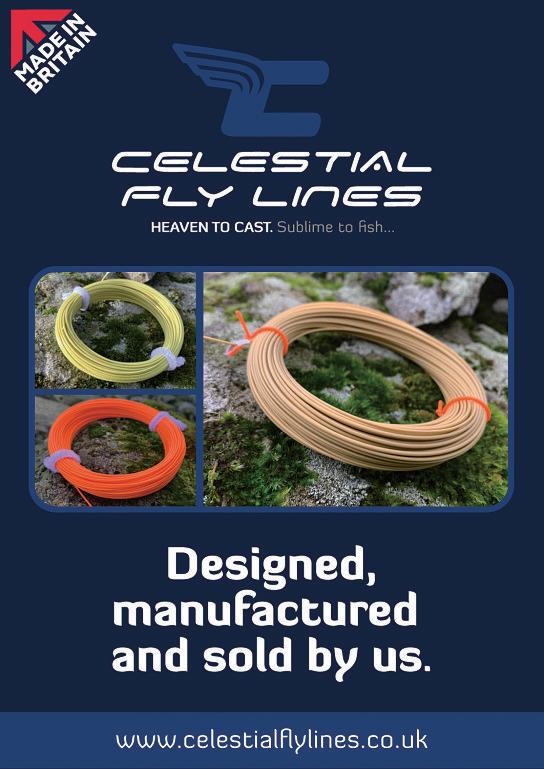
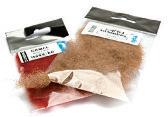
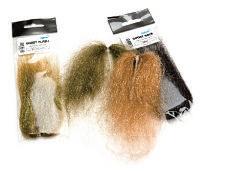

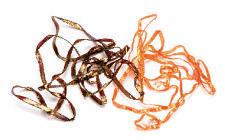









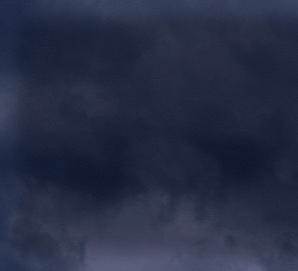










mouth and lips confirmstheir ‘chubness’. Another fiveofthese fellows followedthe first, the biggest justshort of fivepounds, and all within 30 minutes,ifthat. On anyfishingday,anearly capture seems to takethe pressure of,eventhoughany pressu re at al li na fi sh in gd ay is totallyself-imposedand verging on the ridiculous; but there it is, and mostofushavefelt it. So,there Iwas,casting into the cr ystal-clear water of the Lim with ‘f is hu nd er my bel t ’t he sunbeating down from aclear blue skyand the skin on my face andarmsalready beginning to tingle al it tle,when Ivan told me of some shadycherrytrees a little wayupstream whichhad a bunchofbig roach underneath them.
Now,ove rt he ye ars Ih ave caught afair spectrum of coarse species from biggishcarp to tiny perch. Roach have made the odd appearance –bymistake, usually –but have not featured brightly on my wish-list. However, given thefun Ihad just hadwiththe ch ub, Iw as game (no pun intended).
Ivan showedmethe cherr y trees and told me to wade way out into the shadows– no problem in this heat–and use this; at whichpoint he introduced me to the cherryfly: asmall round black ‘ball’ofchenille wrapped onto as ize 12 jig hook with a small tungsten beadtogiveit weight.
Itied it on and made ashort castintothe shade of thetree and tracked it down with the rod-tip allowing adead-drift. Iwatched and justasthe ‘artificial’began to swing out into the currentI sawashadowbegin to follow and ag ain aslight move me nt of the fly and Ifelt aslight draw. Gentle at first, but not forlong, as aroach of overtwo pounds setits flank againstthe push of thecurrent andfoughtitout in the dappled sunlight.
I’dnever caught abig roach on the fly and this one,and those thatfollowed, for Itook another sixorseven from thesamespot, wa ding onl yam etre or two upstream for the whole show,all pulled likehorses. Notasmuch as abig wild trout, butsince I can’tremember the lasttimeI took half-a-dozen two-pound wild brown trout fromone pool, I’ll shutup!
‘The Doctor’ witha hard-fighting nase, hooked in the Lim’s shallowwater
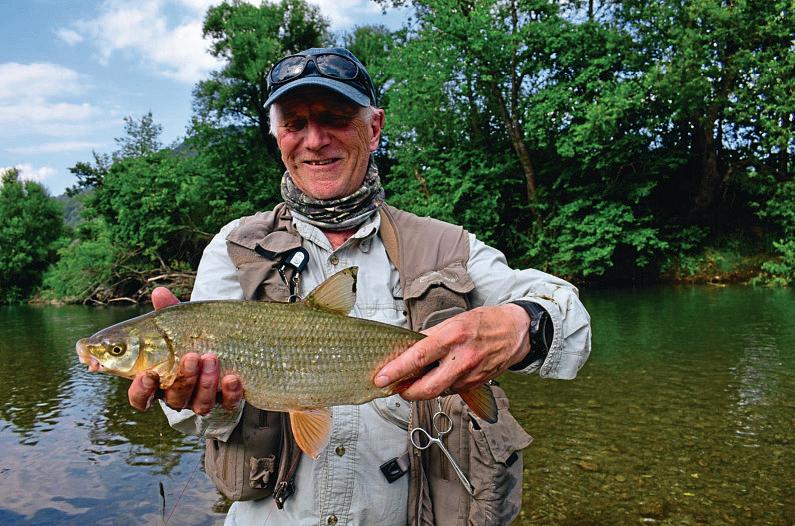
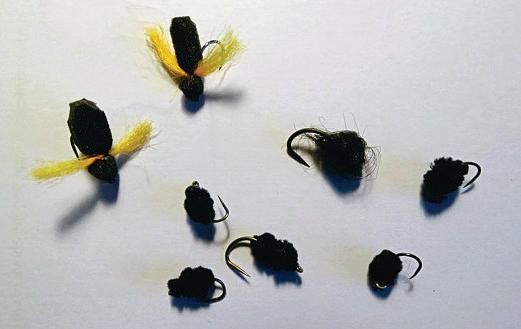
By the way, thesefish are not the same speciesasweget in the UK (Rutilus rutilus)but Rutilus virgo or cactus roach,whichis an at iveo ft he Danub eb asin.
Thetwo species are very similar,but the fins of these fishare more orange, wh ereas those that we seeinthe UK are of a pronounced redhue,bothare very handsome fish.
All the time we were fishing, we noticed fishr ol ling giving whitishflashes as their flanks caught the bright sun. At first I thought thattheseweregrayling, but we were told were nase,or nases (Chondrostoma nasus). I’d come across them only recently as Iresearchedfor this trip,and here they were and in numbers: rolling and fl as hing in the deeper water,and lying totally unperturbedinthe shallowest of margins,but defiantly tricky to catch.
Th en ame de rive sd irectl y from the German wo rd na se,
meaning nose,and the top lip of thes ef is hd oe sp rot ru de giving the im pression of an under-slung mouth, typical of bottom-feederssuchasbarbel. In fact,the literature tells us that nase feed on algae, aquatic plants and invertebrates. Be thatasit may, we sawhundreds of these boys all of the timethatwewere on theLim,but Ionlymanaged to hook afew –bydragging a Nymphacrossthe bottom right under their, yes, noses! And in the shallowest of water where, when hooked, they took of like scalded cats, usuallythrowing thehookinthe process– aloof, non -partici pa tor y– and my nemesis are nases.
Theonlyfishwesaw in the Ljuca were definitelygrayling, and they were huge;pushing two feet long some of them; proper specimen fish. TheUKrecord, from the Dorset Frome is 4lb 8oz; some of these fishweren’t farofthat. We were told to be
careful when wading the Ljuca because the water wassocold, one couldn’t leave one’shand in for too long without suffering pain.Indeed, it wascoolerthan theLim,but beingtrueEnglishmen we found it positivelytepid compared with what we might find back home. Why, if one used theTay or DeeinFebruar yas the benchmark, onecould brew tea with it!
Th eL juca ru ns throug h attractive,open, ruralcountrysidebefore it enters LakePlav. Itshighbanksgavegrandstand views into the pools, manyof whichwecould countbig grayling.Ivan’sfavouredmethod was Euro-Nymphing,using something heavy placed pretty much under the fish’snose.Efective as this method undoubtedlyis, I could not bring myself to throw weighted fliesatthese beauties of theLjuca. On theLim,I fished almostexclusively with Nymphs, but Im ay have been wrong , because althoug ht he se fis h liked my dryDeer-hair Sedges, theDoctor, my fishing companion, using oneofIvan’sheinous Euro set-ups, landed acouple of really heftyfish;one wasover50 centimetres; amassive grayling: full stop. ■
The author flewtoDubrovnikand drovetoMontenegro,but recommendsgoing to Podgorica, as it’s amuch shorterdrive.
Hisguide wasIvanRandjelovic: https://ivanflyguide.com

